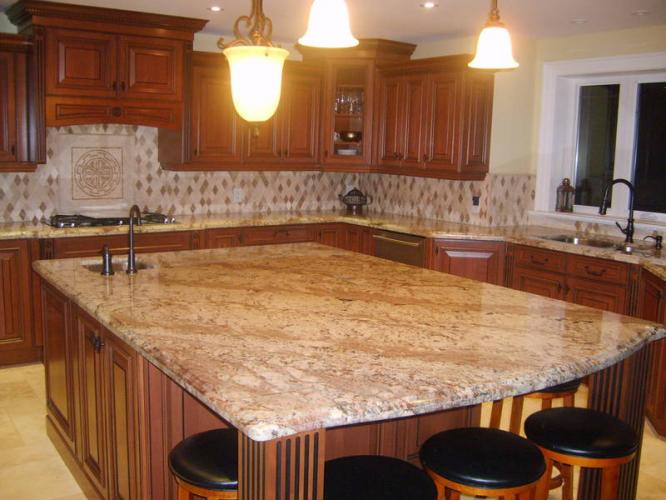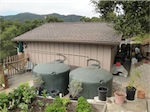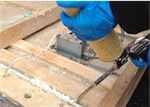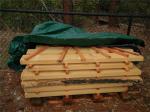Mold Remediation for Contents
Good mold remediation companies know how to clean up mold in such a way that is safe for workers and residence, and doesn’t cross-contaminate other contents or parts of the building. Remediation often involves dealing with “contents” within a mold contaminated space. Common contents include computers and televisions, pots and pans, clothes, furniture, area rugs, books, etc. Each of these categories of items have their own specific and rigorous cleaning regimen. Often, hard as it is, the cost of cleaning contents properly exceeds the value of the items and an honest mold remediator would simply recommending discarding non-valuable or non-sentimental items. Contents are often inventories, carefully packed up, and cleaned and stored offsite until mold clearance testing verifies remediation is complete.
The books in the photo to the left would cost a lot of money to have professionally cleaned. Unless they are a valuable asset… they will probably be discarded once the owner sees the estimate to have them professionally remediated.
Mold Sensitivity or Asthma
There must be a HUGE disclaimer for those with asthmatics in the building or anyone suffering from mold sensitivities. Almost all mold spores are allergenic. “How to clean up mold,” is probably the wrong question for this population to be asking. Even a moldy piece of fruit on the counter could be enough to wreak havoc on people with asthma or mold sensitivities. [Pick up slowly, carefully place into a plastic bag, seal bag and dispose of immediately, wash hands and immediate area.] More likely, this group of mold sensitive individuals should be asking who can safely clean up mold without creating a bigger problem or cross-contaminating other parts of the building.
Hopefully these tips are useful for those dealing with small OR large amounts of mold.
Unlike asbestos, lead and radon – the government doesn’t have specific remediation guidelines for cleaning up mold. Non living things like asbestos and lead get “abatement,” and living things like bacteria and mold get “remediated,” but how this is accomplished varies greatly depending on the city/state of the project, scope of work, remediation company hired, and what team shows up at your door that day.
Some states are implementing more stringent guidelines and standard for mold remediation, but in many ways it remains the wild-west when it comes to mold remediation. Many state courts have decided in favor of using the IICRC S520 – Standard and Reference Guide for Mold Remediation as the “standard of care” by which remediators are held accountable.
See related blog: Mold in the Home – What to Do?
Alex Stadtner is President of Healthy Building Science, a firm offering healthy building inspections and green building consulting services and based in the San Francisco Bay Area. This post originally appeared at their website and is re-printed here by permission of Healthy Building Science.








